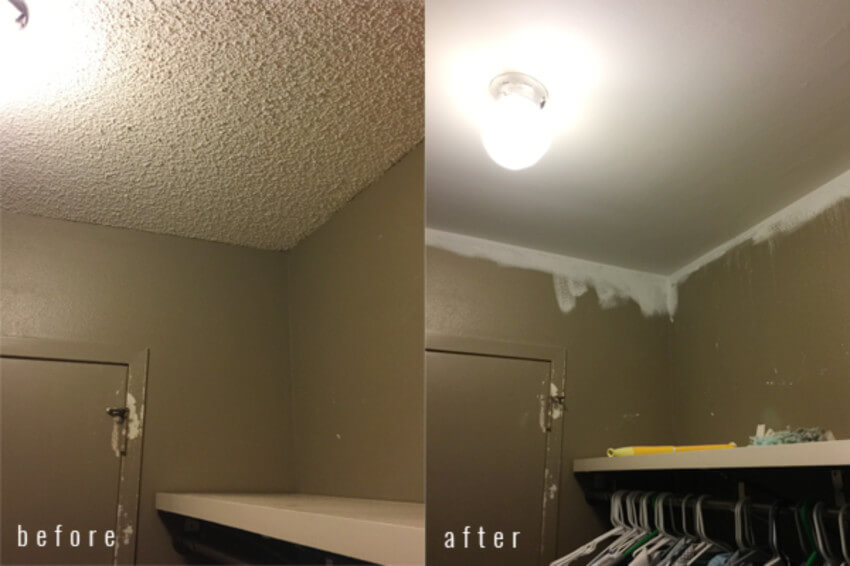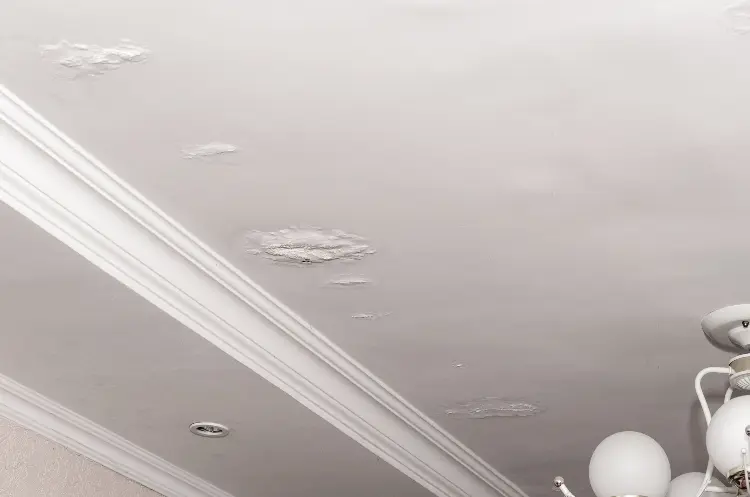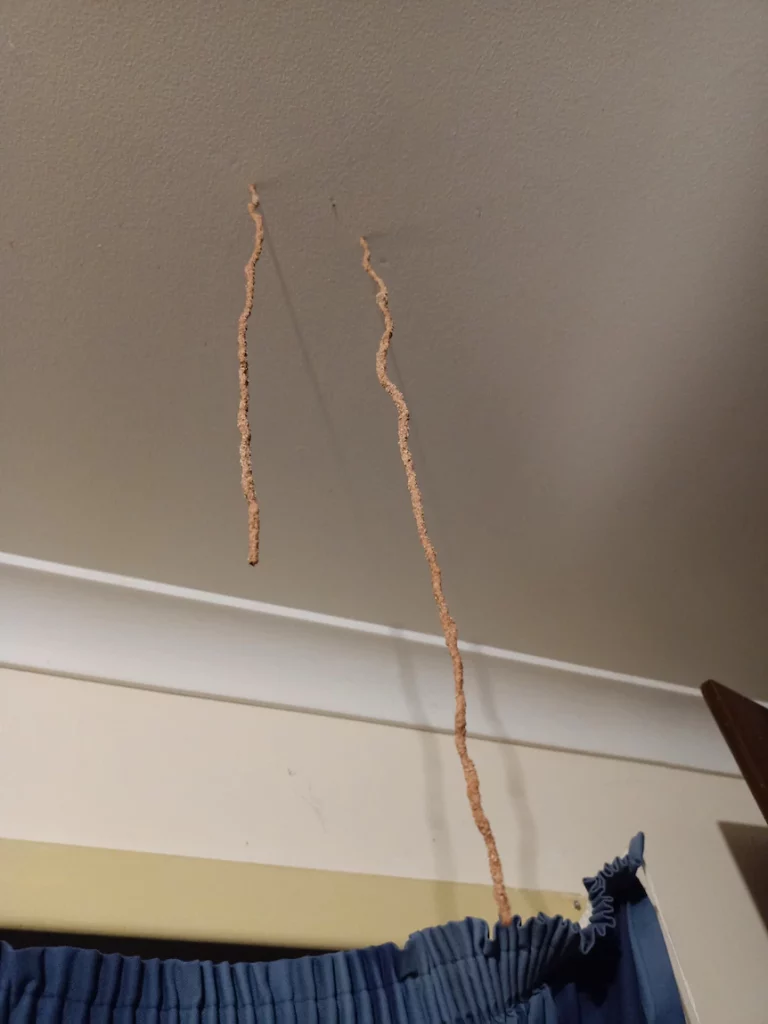The presence of termites coming from the ceiling is a serious concern for homeowners. In this comprehensive guide, we will delve into the intricacies of dealing with this pest infestation, providing valuable insights and practical steps to safeguard your home.

Understanding the Invasion: Termites Coming From Ceiling
To effectively combat termites infiltrating your home from the ceiling, it’s crucial to understand the nature of this invasion. Let’s explore the reasons behind termites coming from the ceiling and how to address the issue.
*1. Hidden Nests in Structural Wood
Termites are notorious for building hidden nests within the structural wood of homes. When these nests become established in the ceiling, termites can easily travel and forage, leading to visible signs of their presence.
Solution:
- Conduct a thorough inspection of the affected area.
- Consult with a professional pest control service to assess and treat termite infestations.
*2. Moisture and Humidity Attraction
Termites are drawn to areas with high moisture levels, and ceilings can become susceptible to termites if there are water leaks or humidity issues. Damp wood provides an ideal environment for termite infestations.
Solution:
- Identify and repair any water leaks in the ceiling.
- Improve ventilation to reduce humidity levels and discourage termite activity.
*3. Wood-to-Ground Contact
If there is direct contact between wooden components of your home and the ground, termites can easily access the structure. This is a common entry point for termites to infest the ceiling.
Solution:
- Create a barrier between soil and wooden structures.
- Elevate and treat wooden elements to prevent termite entry.
*4. Cracked or Damaged Ceilings
Cracks or damage in the ceiling provide entry points for termites. These vulnerabilities can go unnoticed, allowing termites to establish colonies and cause significant structural damage.
Solution:
- Regularly inspect ceilings for any signs of damage.
- Seal cracks and repair damaged areas promptly.
*5. Lack of Termite Prevention Measures
Homes without adequate termite prevention measures are more susceptible to infestations. Without proper protection, termites can enter the ceiling and wreak havoc on the structural integrity of the property.
Solution:
- Implement preventative measures, such as termite barriers and treated wood.
- Schedule regular termite inspections to catch potential issues early.
Steps to Eradicate and Prevent Termites Coming From Ceiling
- Professional Termite Inspection: Engage the services of a professional pest control company to conduct a thorough termite inspection of your home.
- Localized Treatment and Removal: If termites are present in the ceiling, opt for localized treatment to eliminate the infestation. Removal may involve replacing damaged wood.
- Ceiling Repairs: Repair any damage to the ceiling promptly. This includes fixing cracks, replacing termite-damaged wood, and addressing any structural weaknesses.
- Moisture Management: Implement moisture management strategies to prevent conditions conducive to termite infestations. Fix leaks, improve ventilation, and ensure proper drainage around the home.
- Termite Prevention Measures: Invest in termite prevention measures, including chemical barriers, treated wood, and regular professional inspections. These measures are crucial for preventing future infestations.
Read too: Troubleshooting and Addressing a Water Bubble in Ceiling: Causes and Solutions Revealed
Conclusion: Safeguarding Your Home from Termites Coming From Ceiling
In conclusion, dealing with termites coming from the ceiling requires a comprehensive approach that addresses the root causes and implements effective solutions. By understanding the factors that attract termites and taking proactive measures, homeowners can protect their homes from the destructive impact of these pests.
Regular inspections, prompt repairs, and a commitment to termite prevention contribute to a termite-free and structurally sound home environment. Remember, early detection and intervention are key to minimizing the damage caused by termites.


















